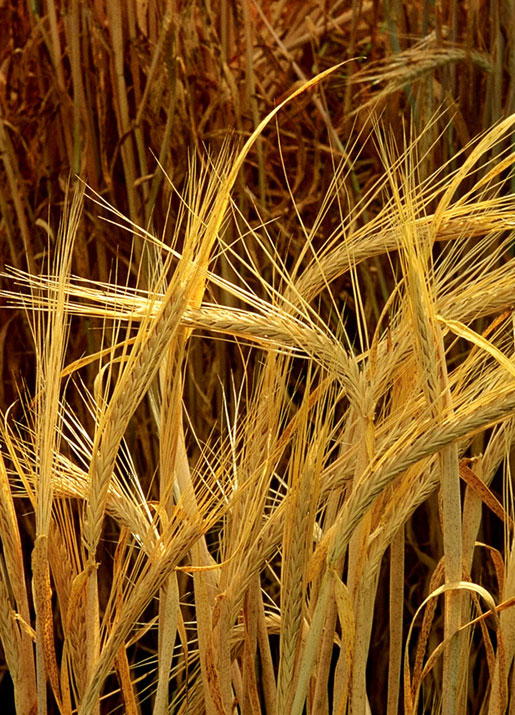Welcome to another edition of eChook.
Where the creeks run dry or ten feet high, And it’s either drought or plenty. This is how the folk song The Overlanders describes Australia. Indeed, Australia has emerged from a long period of drought into a very wet year. The wet season continued well into grain harvest in the eastern states. This means, whilst a record harvest in most states is expected, there will also be significant weather damage occurring as well.
Weather damaged grain is a two-edged sword; if the damage is due to wet harvest but the moisture is controlled quickly before storage, then the consequences on nutritive value of feed grains for poultry production can be positive. This is because high moisture during anthesis and harvest leads to activation of the endogenous enzymes, including fibre-degrading enzymes, which degrade the non-starch polysaccharides (NSP), alleviating the anti-nutritive effects of NSP on nutritive value of viscous grains such as wheat and barley. On the other hand, if the moisture damage to the grain is severe and the subsequent storage is inadequate, then the possibility of excessive loss of starch and other nutrients as well as problems with mycotoxins will lead to poor diet quality and bird performance.
A study was funded by the Rural Industries R&D Corporation (RIRDC) on a related topic, new season grains, and the report entitled The new season grain phenomenon: the role of endogenous glycanases in the nutritive value of cereal grains in broiler chickens is available at the RIRDC website. This report details the mechanisms whereby endogenous enzymes are activated in grains and its nutritional consequences for poultry.
So, the feed and livestock industries are facing an interesting dilemma. They are either poised to reap the award of plenty of grains available at low prices, which will increase profitability of the industries, or to have to deal with various issues associated with poor quality grains. It is an interesting time ahead.
Regards,
Mingan


